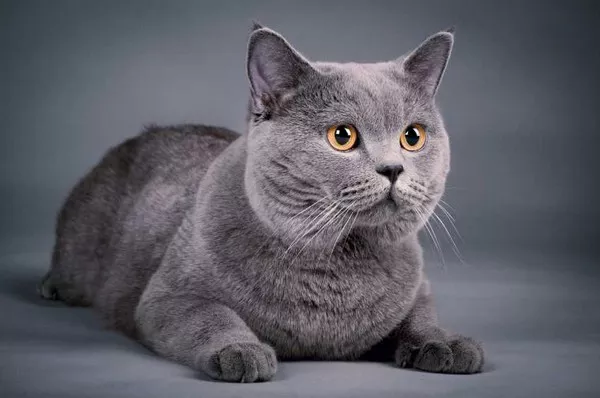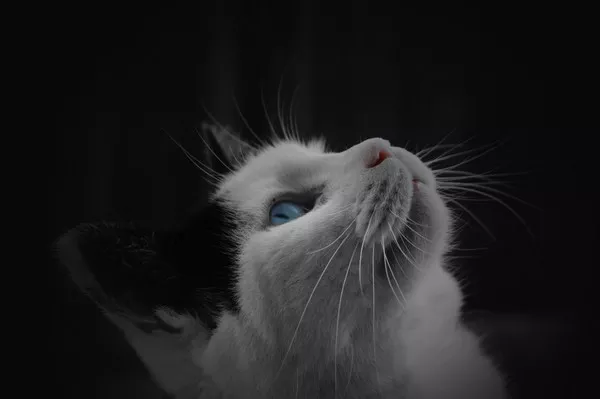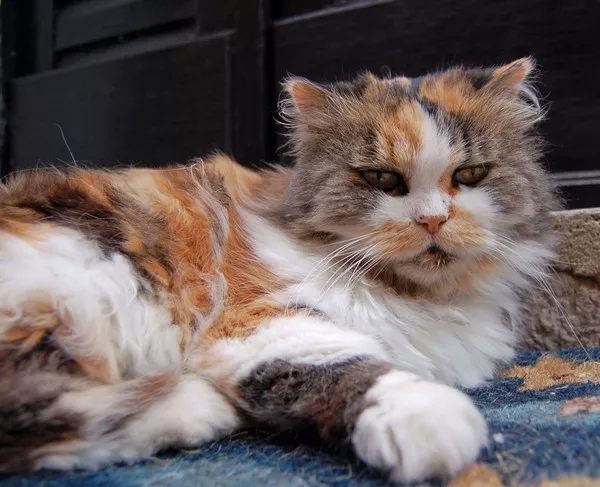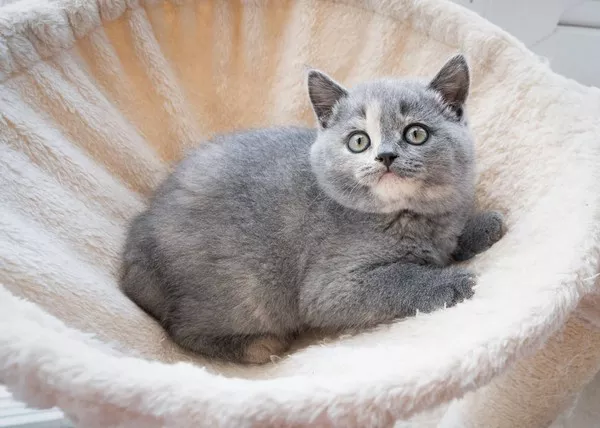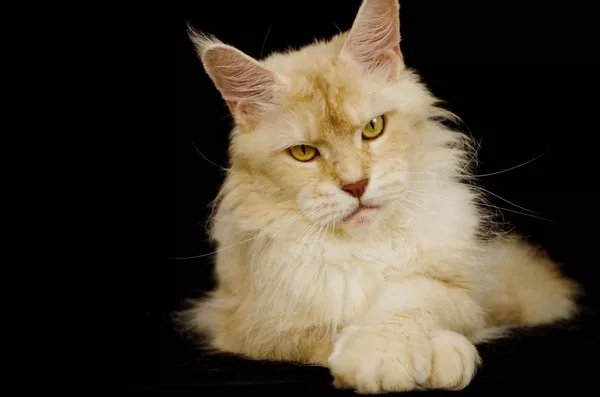British Shorthair cats, with their round faces, dense coats, and distinctive teddy bear-like appearance, are cherished feline companions. Grooming these majestic cats is an essential aspect of their care, contributing not only to their overall well-being but also to the preservation of their stunning coat. In this comprehensive guide, we will explore the nuances of grooming British Shorthair cats, from understanding their unique coat characteristics to providing step-by-step instructions for a successful grooming routine.
Understanding the British Shorthair Coat:
Dense and Plush Coat:
The British Shorthair is known for its dense and plush coat, which consists of a short, straight topcoat and a dense undercoat. This luxurious coat requires regular grooming to prevent matting, reduce shedding, and keep the cat comfortable.
Variety of Colors and Patterns:
British Shorthairs come in a wide variety of colors and patterns, including solid colors, bi-color, and tabby patterns. The grooming needs may vary slightly depending on the color and pattern, but the fundamental principles remain the same.
Pansy Face and Round Eyes:
The breed’s distinctive pansy face with a short nose and large, round eyes adds to its charm. Grooming around the face requires special attention to maintain the cat’s adorable appearance while ensuring hygiene.
Tools and Equipment for Grooming:
Before delving into the grooming process, gather the necessary tools and equipment to ensure a smooth and efficient session. Here are some essential items for grooming a British Shorthair:
Slicker Brush:
A slicker brush is effective in removing loose fur and preventing matting. Choose a brush with fine, short wires to reach the dense undercoat without causing discomfort to the cat.
Comb with Wide and Narrow Teeth:
A comb with both wide and narrow teeth helps detangle the coat and remove loose hairs. The wide teeth are suitable for general grooming, while the narrow teeth are useful for tackling specific areas with mats or knots.
Nail Clippers:
Regular nail trimming is essential for the health and comfort of your British Shorthair. Invest in quality nail clippers designed for cats to avoid injury and ensure a precise cut.
Ear Cleaner:
British Shorthairs may accumulate wax in their ears, especially if they have a rounded face. Use a gentle ear cleaner and cotton balls to clean the ears, but avoid inserting anything into the ear canal.
Toothbrush and Toothpaste:
Dental care is often overlooked in cat grooming. A cat-friendly toothbrush and toothpaste help maintain oral health and prevent dental issues. Introduce tooth brushing gradually to acclimate your cat.
Gentle Shampoo:
While British Shorthairs are known for their self-grooming habits, occasional baths may be necessary. Choose a gentle cat shampoo to maintain the coat’s natural oils and prevent skin irritation.
Towels and Grooming Table or Surface:
Prepare towels for drying after a bath and ensure you have a secure and comfortable surface for grooming. A grooming table can make the process easier, but a non-slip mat on a stable surface works well too.
Now that you’ve gathered your grooming tools let’s explore a step-by-step guide to grooming your British Shorthair.
Grooming Steps:
Daily Brushing:
Begin with daily brushing to maintain the coat’s health and prevent mats. Use a slicker brush to gently brush the entire body, paying attention to areas prone to matting such as behind the ears, under the arms, and around the neck.
Detangling with a Comb:
After brushing, use a comb with wide and narrow teeth to detangle any remaining knots or mats. Start with the wide teeth and progress to the narrow ones for more precision. Be gentle to avoid causing discomfort to your cat.
Nail Trimming:
Regular nail trimming is crucial for British Shorthairs, especially if they are indoor cats with less opportunity to naturally wear down their nails. Use cat-specific nail clippers and trim the tips of the nails, avoiding the quick (the pink area in the nail).
Ear Cleaning:
Check your cat’s ears regularly for wax buildup. Use a cat-safe ear cleaner and cotton balls to gently clean the visible parts of the ears. Avoid inserting anything into the ear canal, and if you notice any signs of ear infection, consult with your veterinarian.
Tooth Brushing:
Introduce tooth brushing gradually to accustom your cat to the process. Use a cat-friendly toothbrush and toothpaste to gently brush the teeth. Focus on the outer surfaces of the teeth, and make the experience positive with treats and praise.
Bathing (As Needed):
British Shorthairs are generally fastidious groomers and may not require frequent baths. However, if your cat gets into something sticky or dirty, use a cat-friendly shampoo for a bath. Ensure the water is lukewarm, and follow proper drying procedures afterward.
Eye Cleaning:
British Shorthairs with a round face may be prone to tear staining. Use a damp cotton ball to gently wipe away any discharge or staining from the eyes. Be cautious not to touch the eye itself.
Regular Vet Check-ups:
Regular veterinary check-ups are essential for overall health. During these visits, discuss your grooming routine with the veterinarian and address any specific concerns or recommendations for your British Shorthair’s care.
Tips for Successful Grooming Sessions:
Positive Reinforcement:
Use positive reinforcement, such as treats and praise, to create a positive association with grooming. Reward your British Shorthair for good behavior during and after each grooming session.
Start Grooming Early:
Introduce grooming to your British Shorthair at a young age to familiarize them with the process. Gradual acclimation helps build a positive attitude towards grooming.
Be Gentle and Patient:
Grooming requires patience and a gentle touch. If your cat becomes stressed or agitated, take breaks, and resume grooming when your cat is calm. Gradually extend the duration of grooming sessions over time.
Use the Right Tools:
Invest in high-quality grooming tools designed for cats. Using the right tools ensures effective grooming without causing discomfort or harm to your British Shorthair.
Routine and Consistency:
Establish a grooming routine and be consistent. Regular grooming sessions contribute to the overall health and well-being of your British Shorthair while minimizing the likelihood of matting or other issues.
Monitor Changes in Coat or Behavior:
Pay attention to any changes in your cat’s coat or behavior. Sudden changes, such as excessive shedding, skin irritation, or behavioral shifts during grooming, may indicate an underlying health issue that requires veterinary attention.
Conclusion:
Grooming your British Shorthair is a rewarding and necessary aspect of cat care. By understanding the unique characteristics of their coat, using the right tools, and following a comprehensive grooming routine, you can keep your British Shorthair’s coat healthy, shiny, and free from mats. Regular grooming sessions not only contribute to the physical well-being of your cat but also strengthen the bond between you and your feline friend. Approach grooming with patience, positive reinforcement, and a gentle touch, and you’ll find that grooming your British Shorthair becomes a pleasant and enjoyable experience for both you and your cherished companion.

